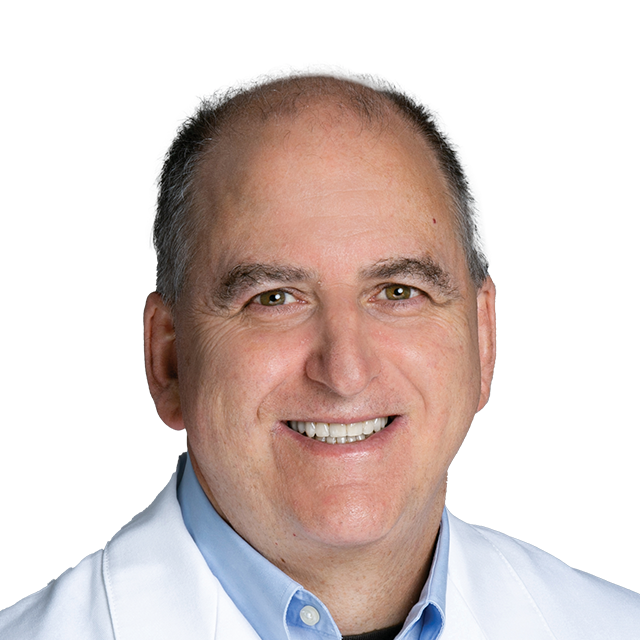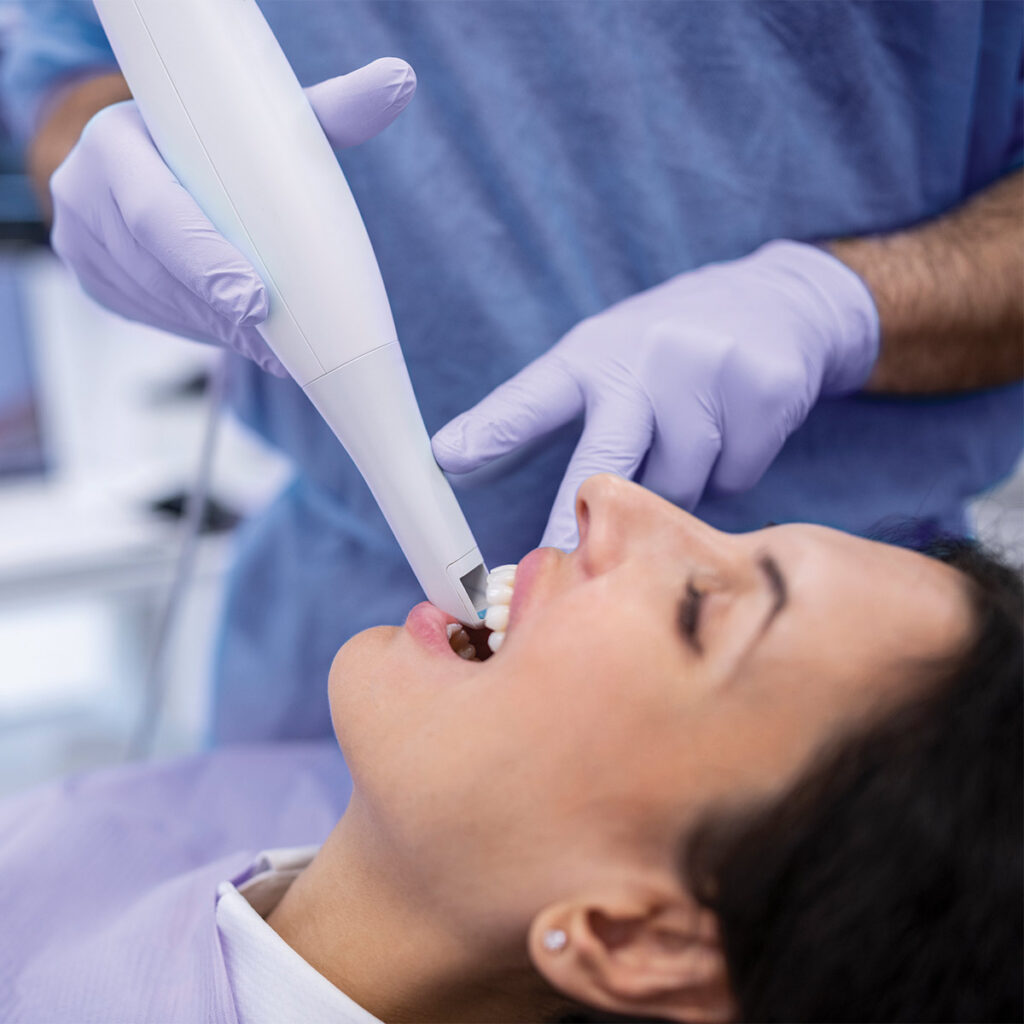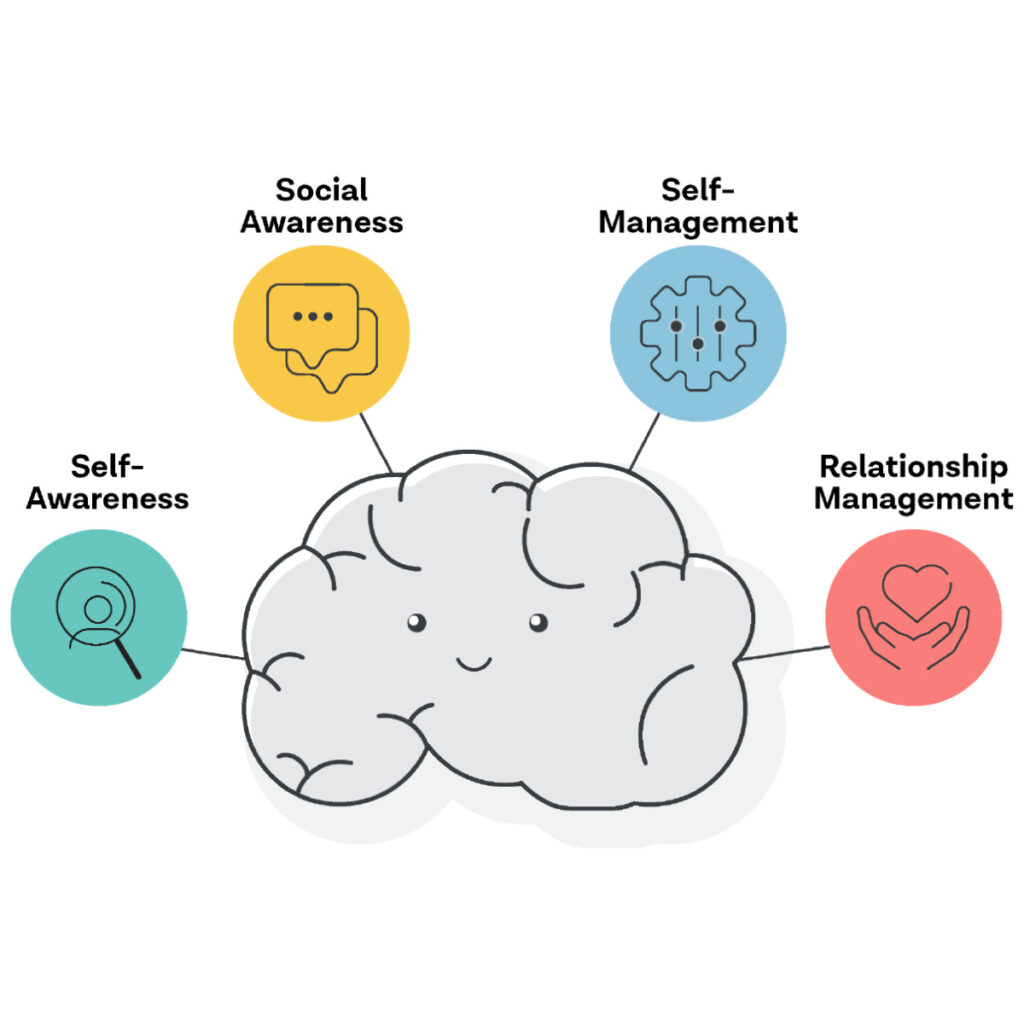LASIK is a popular, safe, and effective method for vision correction.
LASIK, which stands for Laser-Assisted In Situ Keratomileusis, is a widely performed elective procedure designed to correct common vision problems. Each year, more than 750,000 LASIK surgeries are performed in the U.S., making it the most popular of all vision correction procedures.

LASIK corrects refractive errors, which occur when the shape of the cornea – the clear, dome-shaped surface of the eye – prevents light from focusing correctly on the retina. The procedure is commonly used to treat:
- Nearsightedness (myopia)
- Farsightedness (hyperopia)
- Astigmatism (blurred or distorted vision)
How Does It Work?
Performed in an outpatient setting, LASIK is a minimally invasive procedure that typically takes 30 minutes or less.
- First, numbing eye drops are applied for comfort.
- A gentle suction ring keeps the eye steady while the patient focuses on a target light.
- The surgeon creates a thin flap on the cornea’s surface and lifts it to access the underlying tissue.
- A specialized laser then reshapes the cornea with pinpoint precision – each laser pulse makes a soft clicking sound as it removes microscopic amounts of tissue.
- The flap is then carefully repositioned, naturally adhering and healing without sutures.
The Benefits of LASIK
By reshaping the cornea, LASIK improves the way light is focused onto the retina, resulting in clearer vision. Most patients notice almost immediate improvement and achieve their best results within just a few days, and many are able to reduce or completely eliminate their need for glasses or contact lenses. LASIK boasts a high success rate with approximately 90% of patients achieving 20/20.
If you are considering LASIK, your eye doctor can help determine if you’re a suitable candidate and discuss what you can expect from the procedure.
An Expert Weighs In
Meet the Author

Rachel Studebaker, BA, English, Summa Cum Laude
Rachel Studebaker is a graduate of Lee University where she earned a Bachelor of Arts degree in English with a minor in advertising. While attending Lee, Rachel served as editor-in-chief and creative director for the school’s biannual publication Vindagua and was a member of Sigma Tau Delta English Honors Society. Since joining CMC Publications as editor, Rachel has assumed the role of managing editor, where she is responsible for the annual development and completion of seventeen publications involving health, wellness, and lifestyles articles that are published in print and online for HealthScope, CityScope, and Choose Chattanooga magazines – premier publications serving S.E. Tennessee and North Georgia.





